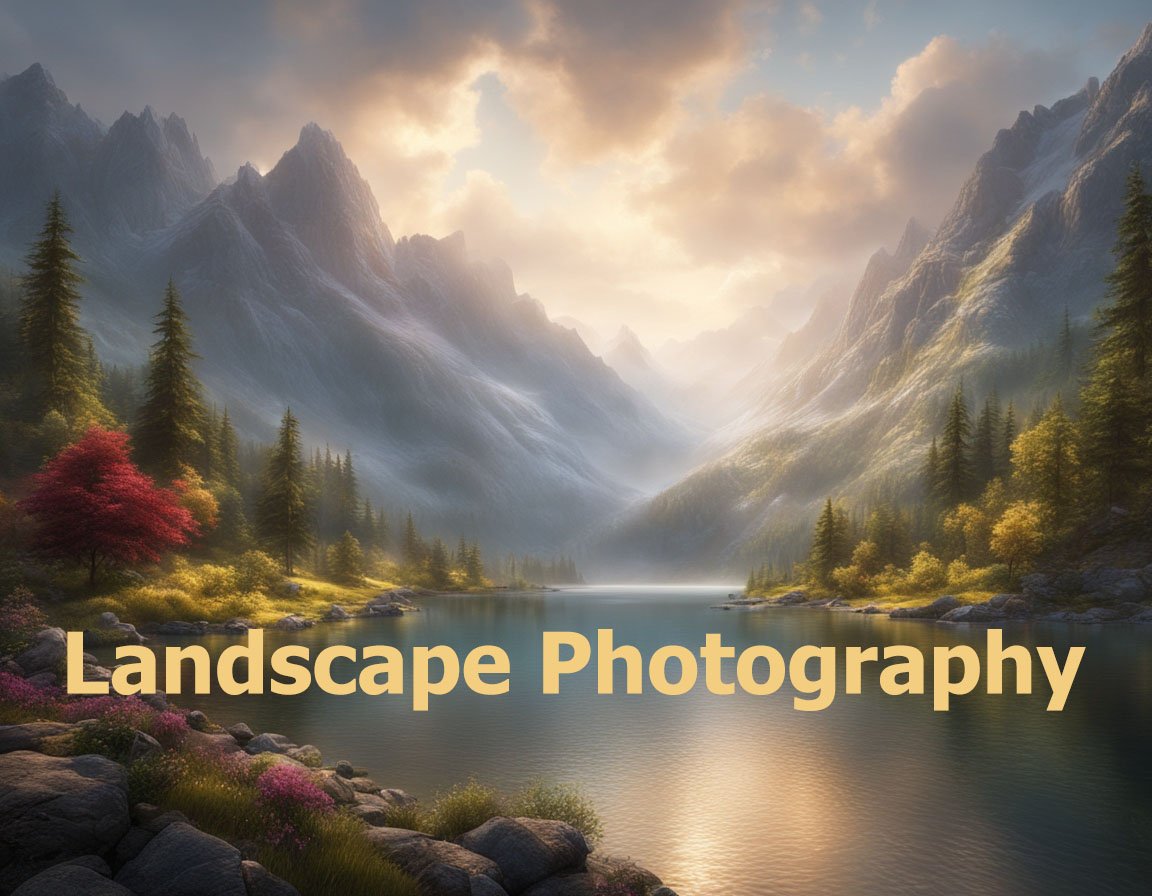The Benefits of Shooting Landscapes in RAW Format
Understanding the RAW Format
RAW format is often touted as the holy grail of digital photography for those who wish to take their landscape shots to the next level. A RAW file is essentially a digital negative; it is an unprocessed image file that contains all the data captured by the camera sensor. Unlike JPEGs, which compress and process image data, RAW files provide a high degree of latitude for image editing.
Uncompressed and High-Quality Data
When you shoot in RAW, you’re capturing the moment at the highest quality your camera can offer. RAW files store lossless data, meaning they retain all the information gathered by the sensor. This attribute is pivotal when you’re aiming to capture the delicate hues of a sunrise or the intricate details of a forest landscape.
Greater Control Over Image Editing
RAW files give you immense flexibility during post-processing. With JPEGs, the camera makes decisions about color balance, exposure, and sharpening for you. But with RAW, you make those choices, enabling you to refine your images according to your vision. This ability to meticulously adjust white balance, exposure, contrast, and color grading without degrading the image quality is a significant advantage.
Improving Exposure Adjustments
Recovering Highlights and Shadows
One of the most striking advantages of shooting landscapes in RAW format is the capability to recover details from both the shadows and highlights. Landscape photography often involves high-contrast scenes that can easily lead to overexposed skies or underexposed foregrounds. RAW files store a broader dynamic range, allowing you to rescue those lost details during post-processing.
Preventing Color Banding
Color banding is a common issue in JPEG images, especially noticeable in gradients like a blue sky transitioning to white near the horizon. Because RAW files capture and store more color data, they drastically reduce the risk of color banding. Smooth gradients remain smooth, preserving the natural beauty of your landscape shots.
White Balance Correction Flexibility
Adjusting to Natural Lighting Variability
The sheer diversity of lighting conditions in landscape photography can challenge even the best cameras. Early mornings, late evenings, and cloudy days each cast their unique light, broadly affecting the colors captured in your images. With RAW format, you can entirely adjust the white balance in post-processing without degrading the image, ensuring colors are true to your memory of the scene.
Creating Mood with Color Temperature
White balance isn’t just about correcting colors; it’s a powerful tool for mood setting. By shooting in RAW format, you can experiment with warmth and coolness in your images. A slightly warmer tone could enhance the comfort of a golden sunset, while a cooler tone might better convey the crispness of a high-altitude view.
Unlocking Advanced Editing Capabilities
Applying Non-Destructive Edits
Perhaps one of the most valuable features of RAW files is how they enable non-destructive editing. Because you’re working on a replica of the original data, any changes can be reversed at any point without loss of quality. This flexibility provides the freedom to explore different edits and creative styles without the fear of losing the original capture.
Customized Detail Extraction
The fine textures and details of landscapes often define their allure. Whether it’s the jagged edges of a mountain range or the soft patterns in sand dunes, RAW files allow you to extract these details with precision. You can control sharpening and noise reduction at a granular level, ensuring the textures remain authentic and visually appealing.
Improving Workflow Efficiency
Batch Processing Capabilities
Working with RAW files doesn’t mean your workflow has to be tedious. Modern software allows batch processing, where you can apply the same adjustments to multiple images in a series. This capability is especially useful in landscape photography, where lighting conditions may remain consistent across several shots.
Editing Software Compatibility
Most professional photo editing software is designed to handle RAW files. Adobe Lightroom, Capture One, and other programs offer robust tools for processing RAW images, empowering photographers with advanced editing tools aimed at maximizing the quality of each shot. As a landscape photographer, you’ll have access to refined applications tailored to your workflow.
Building a Rich Image Archive
Preserving Originals for Future Use
When you archive images in RAW format, you ensure that your original data is preserved for future use. Technology evolves, and future software advancements will likely allow for even more sophisticated processing techniques. Having a RAW archive means you will be able to go back to those files with improved tools to enhance your previous work to new standards.
Future-proofing Against Technological Advances
Storing images in RAW format also offers a degree of future-proofing. Advances in editing software may introduce new ways to enhance or utilize raw data, providing opportunities to breathe new life into older images. By maintaining an archive of RAW files, you retain the ability to capitalize on these future enhancements.
Fostering Creativity and Experimentation
Encouraging Artistic Exploration
RAW format paves the way for near-unlimited artistic exploration. With such a wide scope for adjustments, you can experiment with various styles and techniques. Whether you’re aiming for a hyper-realistic representation or an impressionistic interpretation, RAW files give you the room to experiment without compromising the core image quality.
Enhancing Learning Opportunities
As you delve deeper into RAW photography, you’ll naturally expand your skills and knowledge. The deeper understanding of exposure, color management, and advanced editing techniques that this encourages is invaluable for long-term growth. Shooting in RAW challenges you to think more critically about the data you’re capturing, foster a deeper understanding of your equipment and environment.
By using RAW format, landscape photographers gain full autonomy over their visual creations. This choice, while initially demanding more storage space and learning time, offers unparalleled benefits that can substantially enhance your craft and satisfaction as a photographer. Whether you’re a seasoned veteran or a budding enthusiast, RAW provides the tools to turn the beauty of the natural world into timeless digital art.


